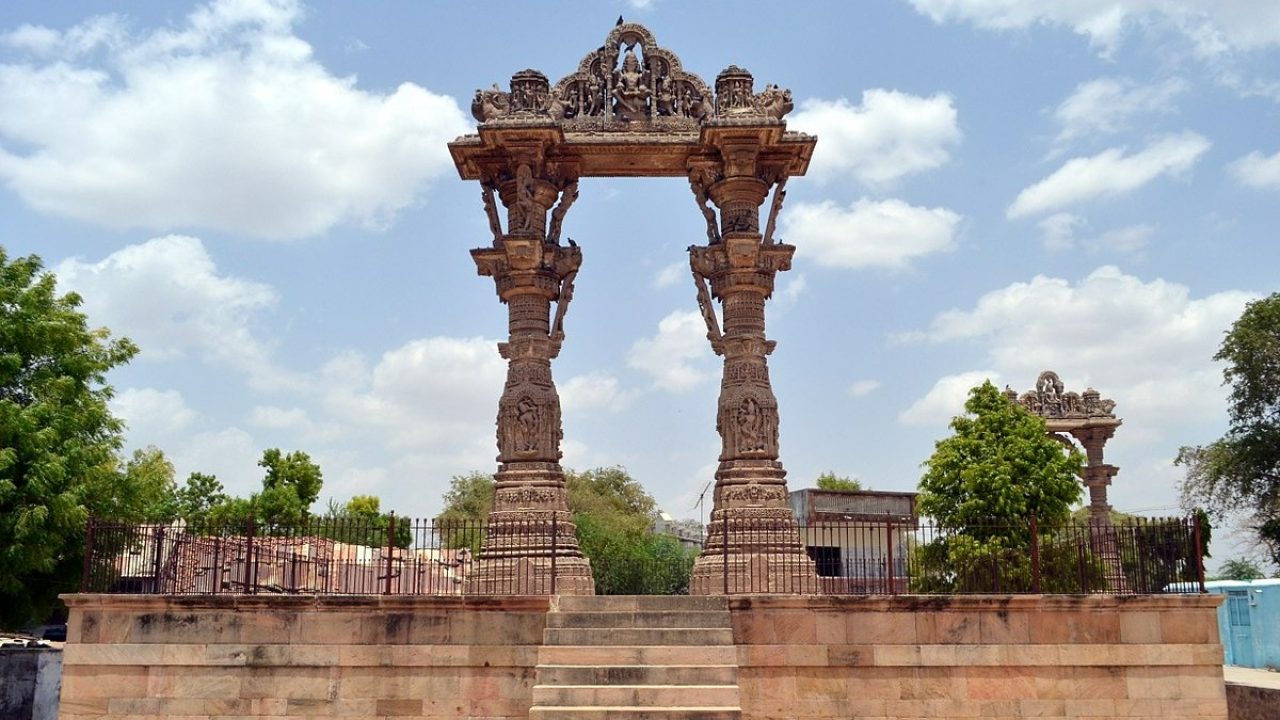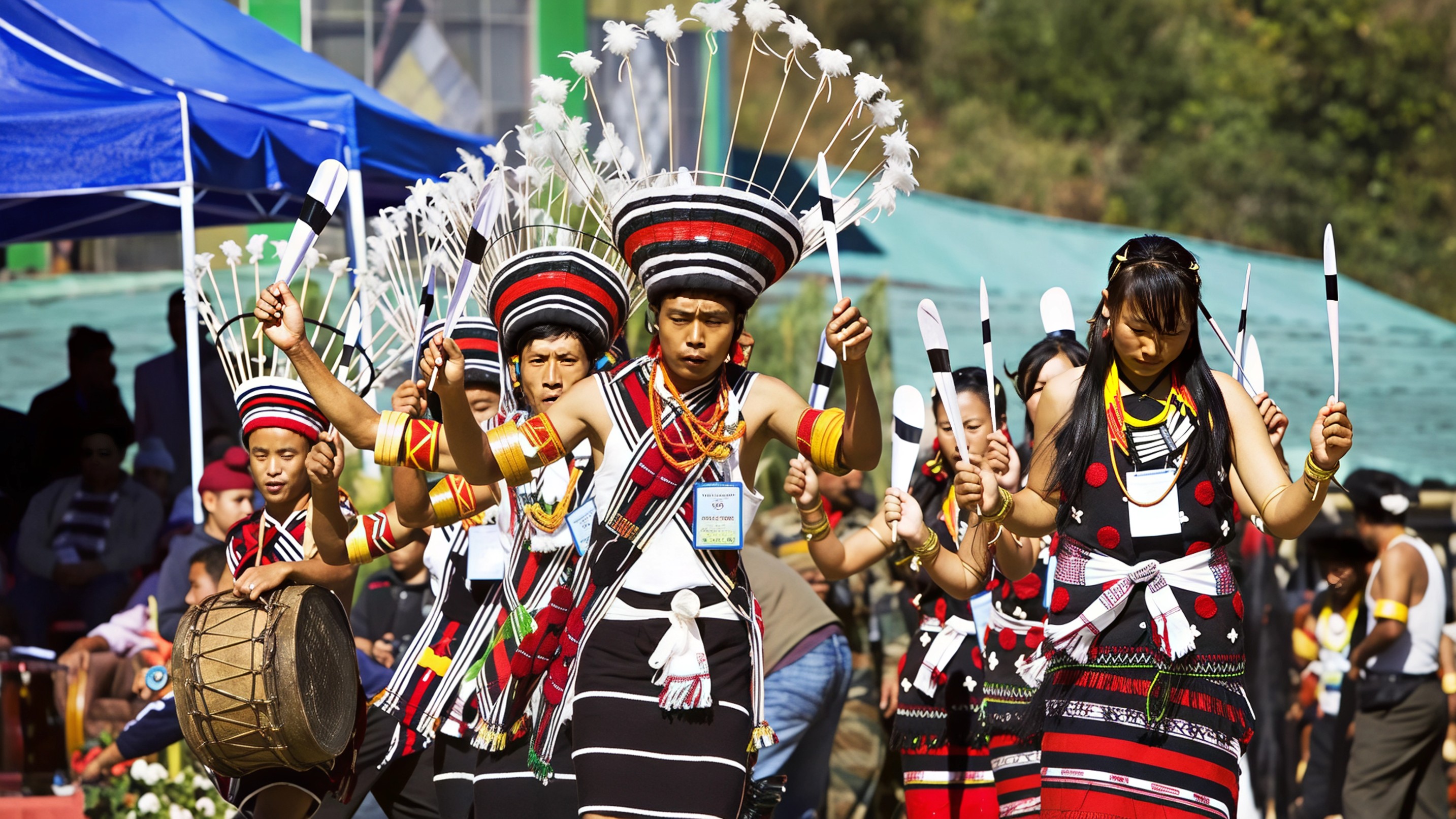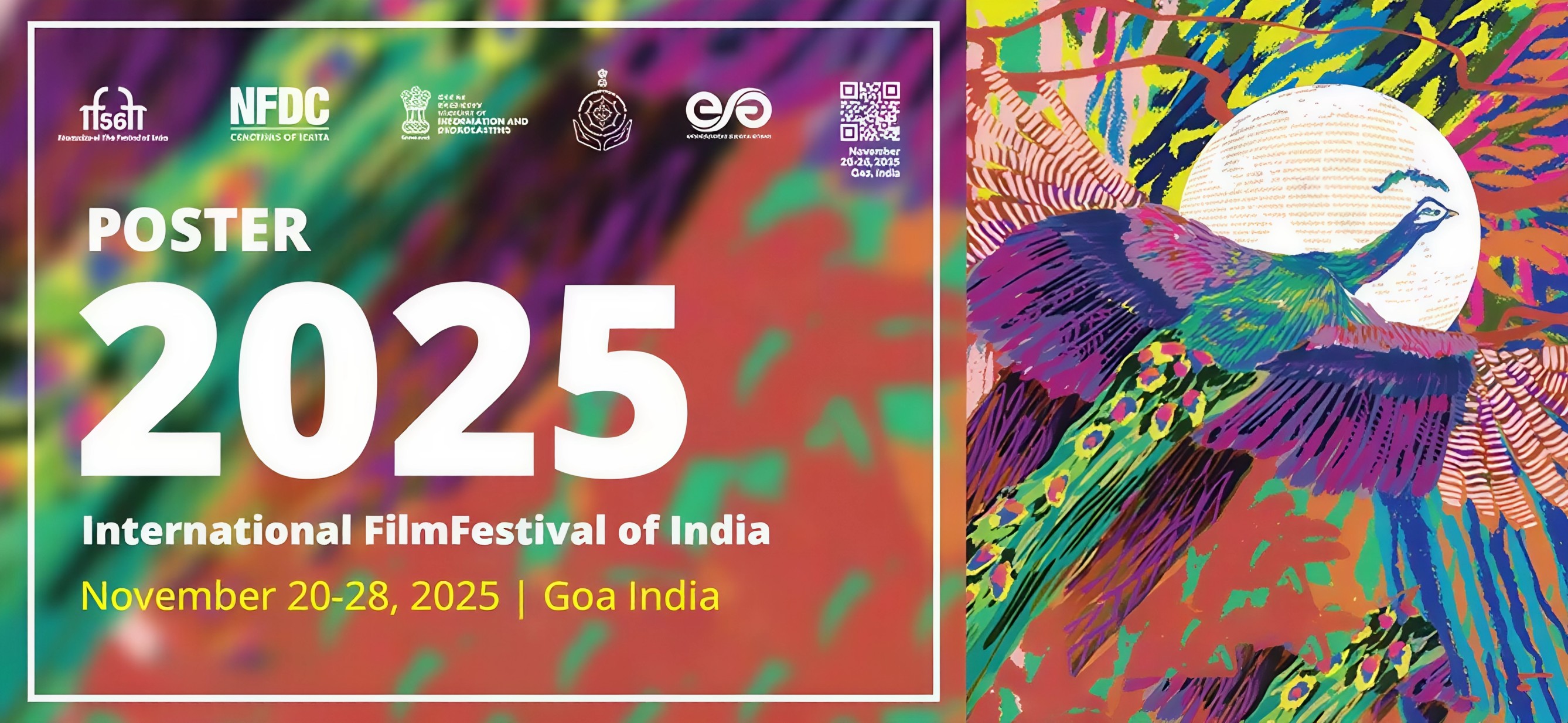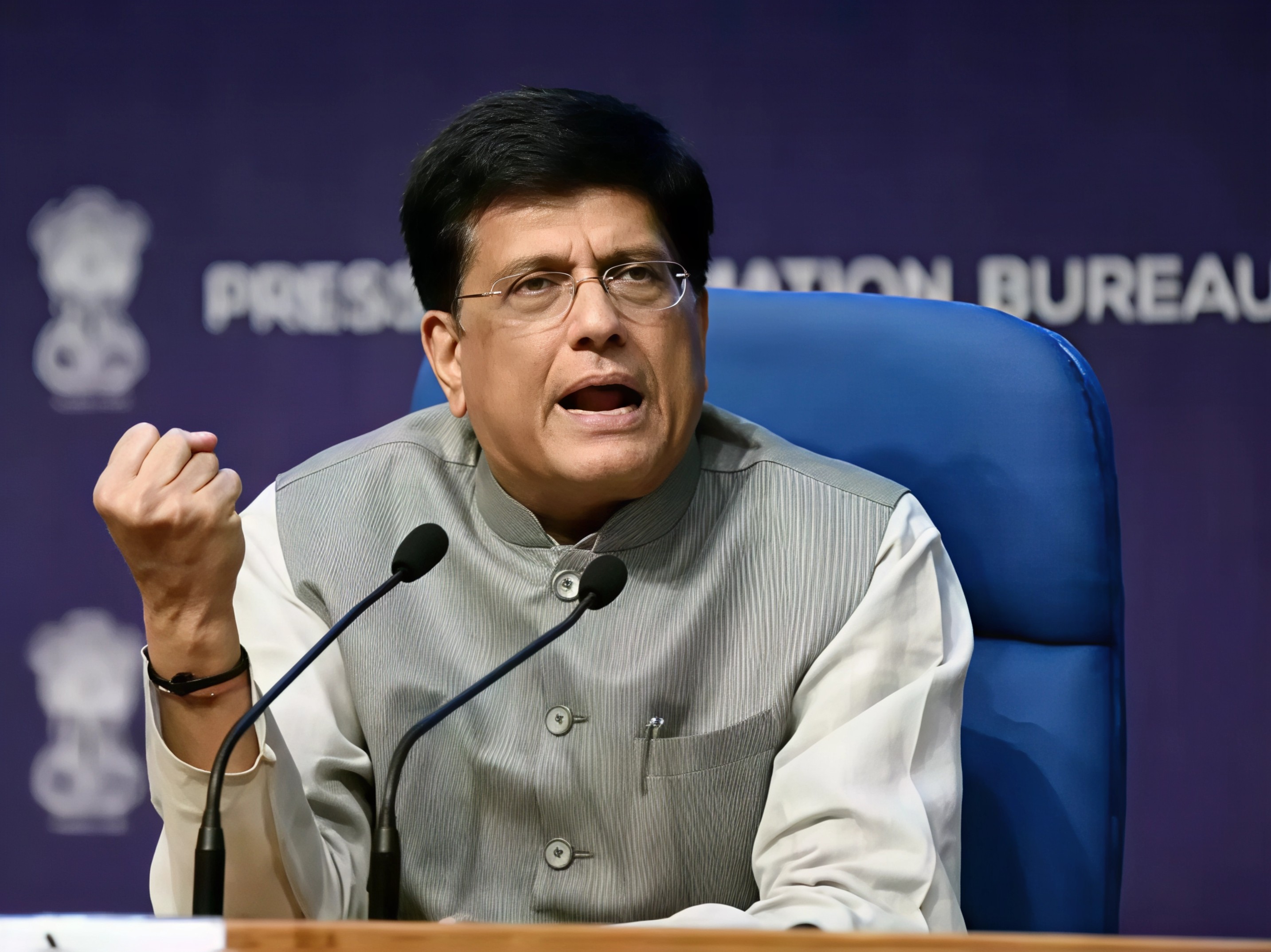India has taken a big step in heritage recognition by nominating Vadnagar, Prime Minister Narendra Modi’s birthplace in Gujarat, for UNESCO World Heritage status. The announcement was made on September 17, 2025, coinciding with the Prime Minister’s 75th birthday, adding symbolic weight to the moment. Vadnagar is one of the oldest continuously inhabited towns in India, with its roots tracing back to 800–900 BCE. It has long been celebrated as a centre of religion, trade, and urban life.

The UNESCO Process Ahead
UNESCO follows a rigorous two stage evaluation for World Heritage nominations. First, the World Heritage Centre will determine if Vadnagar demonstrates “Outstanding Universal Value” and meets criteria for conservation and management. This will then be followed by expert inspections from advisory bodies like ICOMOS before any decision is made on inscription. While the nomination is an achievement in itself, the journey to full recognition will be lengthy and thorough.
From Tentative List To Full Nomination
Vadnagar was first added to UNESCO’s Tentative List in December 2022 under the name “Vadnagar – A Multi Layered Historic Town, Gujarat.” This was a necessary step before full nomination. The town was recognised for its archaeological depth and continuity of urban settlement. At that time, two other Indian sites also made it to the Tentative List—the Sun Temple at Modhera in Gujarat and the rock cut sculptures of Unakoti in Tripura. These recognitions highlight India’s ongoing efforts to showcase its rich and diverse cultural heritage on the global stage.
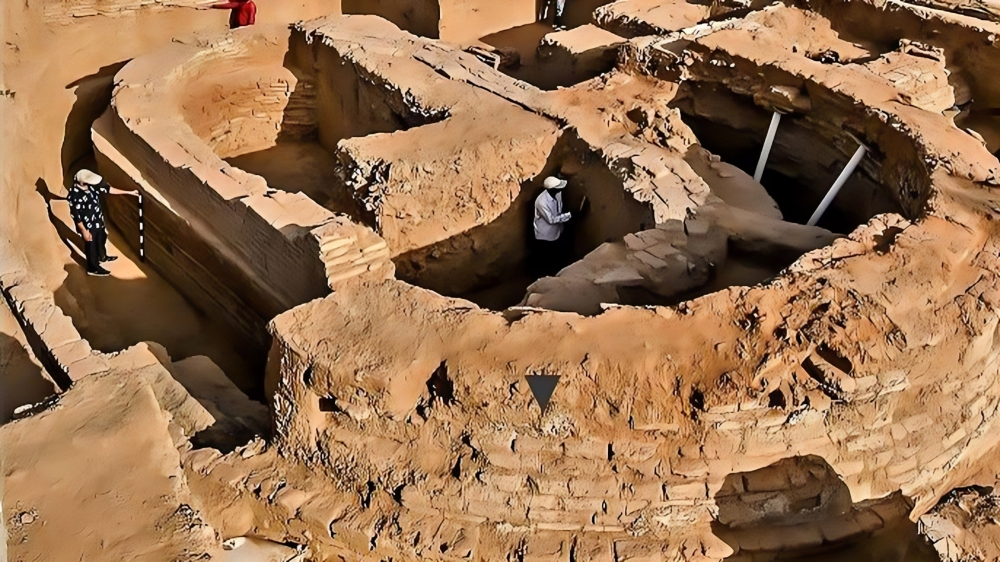
Vadnagar’s Historical Legacy
Located in Gujarat’s Mehsana district, Vadnagar’s history stretches across more than 27 centuries. Archaeological excavations have revealed seven distinct cultural phases, ranging from before the 2nd century BCE to the 19th century.
Its heritage is visible in its medieval temples, fortifications, ancient water systems, a Buddhist monastery, and the famous 12th century Kirti Torans, the iconic twin arches that still stand tall. The settlement was designed around Sharmistha Lake, reflecting early examples of urban planning.
Recent excavations have uncovered a treasure trove of artefacts, including Mesopotamian jars, Greco Indian moulds, Roman coin impressions, Mamluk gold coins, and thousands of shell bangles. These discoveries point to extensive trade and cultural exchanges between Vadnagar and the wider world.
In January 2025, the Vadnagar Archaeological Experiential Museum opened its doors, showcasing more than 5,000 artefacts. The museum offers visitors a closer look at the town’s layered history, making it both a research hub and a cultural attraction.
What Recognition Means For India
If Vadnagar is approved, it will join India’s prestigious list of UNESCO World Heritage Sites, which currently includes 42 landmarks ranging from Hampi to Jaipur’s walled city and Kaziranga National Park. India also has nearly 70 sites on the Tentative List, reflecting its rich cultural and natural diversity.
Vadnagar’s nomination not only celebrates its ancient legacy but also puts it firmly on the global tourism map. For India, it is another opportunity to highlight its historical depth while ensuring conservation and sustainable management of heritage sites.
The recognition would make Vadnagar more than just a symbolic link to the present Prime Minister—it would stand as a living testament to India’s layered cultural journey and its centuries of urban and spiritual life.
Follow Travel Moves on Instagram and Facebook for more updates on heritage sites, travel guides, and cultural journeys across India and beyond.

